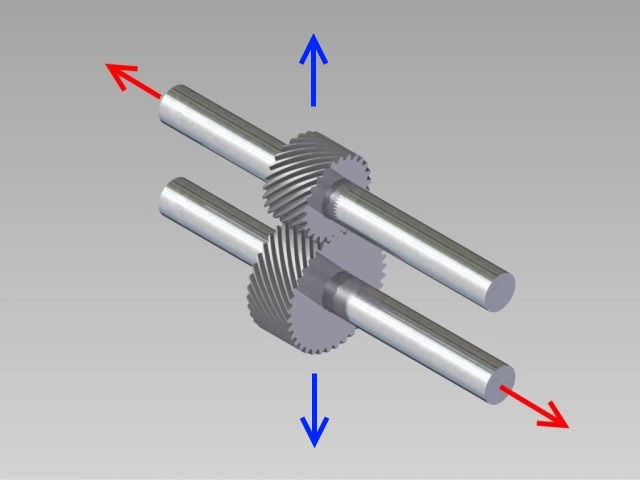Straight Cut Gears, renowned for their unique whine and demanding operation, are a compelling alternative to conventional gearboxes. Primarily found in race cars, these gears offer distinct advantages in motorsport applications. But what exactly are they, and why are they so prevalent in racing?
Straight cut gears, as the name suggests, have teeth that protrude straight out from the gear’s center, unlike the helical shape of standard gears in most road cars. This design, resembling a motorbike sprocket, results in all teeth engaging simultaneously, creating a characteristic high-pitched whine.
How Straight Cut Gears Function and Their Benefits
The primary advantage of straight cut gears lies in their elimination of axial load, a thrust force generated by the sliding contact of helical gear teeth. This lateral force, transmitted to the input shaft and subsequently to the driveshafts in front-wheel-drive vehicles, limits the torque capacity before component failure. Straight cut gears circumvent this limitation, enabling the use of more powerful engines without jeopardizing output shafts and bearings, thus potentially enhancing transmission reliability.
Beyond eliminating axial load, straight cut gears offer increased efficiency compared to helical systems. The absence of axial force and reduced friction minimize energy loss due to heat. Furthermore, their simpler structure simplifies assembly and reduces the severity of potential failures. The elimination of heavy-duty casings and shafts required to manage axial load in helical systems translates to significant weight savings, a crucial factor in motorsport.
Drawbacks of Straight Cut Gears
Despite their advantages, straight cut gears present drawbacks concerning noise and operation. The full and continuous engagement of teeth results in a prominent whine, significantly louder than the subtle meshing of helical gears. Operationally, straight cut gears engage abruptly, making smooth starts and launches challenging. This characteristic “slamming” into gear can be demanding for drivers accustomed to the smoother transitions of helical gearboxes.
Furthermore, while straight cut gears excel in managing axial loads, helical gears possess a higher load-carrying capacity per tooth due to their diagonal positioning and efficient force distribution. This inherent strength allows helical gears to handle greater torque loads compared to straight cut gears with equivalent tooth size.
Conclusion: Straight Cut Gears in Context
Straight cut gears are not suitable for everyday driving due to their noise and demanding operation. However, their efficiency, strength, and weight-saving benefits make them a valuable asset in motorsport, where performance and reliability are paramount. While not ideal for daily commutes, straight cut gears offer a performance edge for dedicated track vehicles. The choice between straight cut and helical gears ultimately depends on the specific application and priorities.


